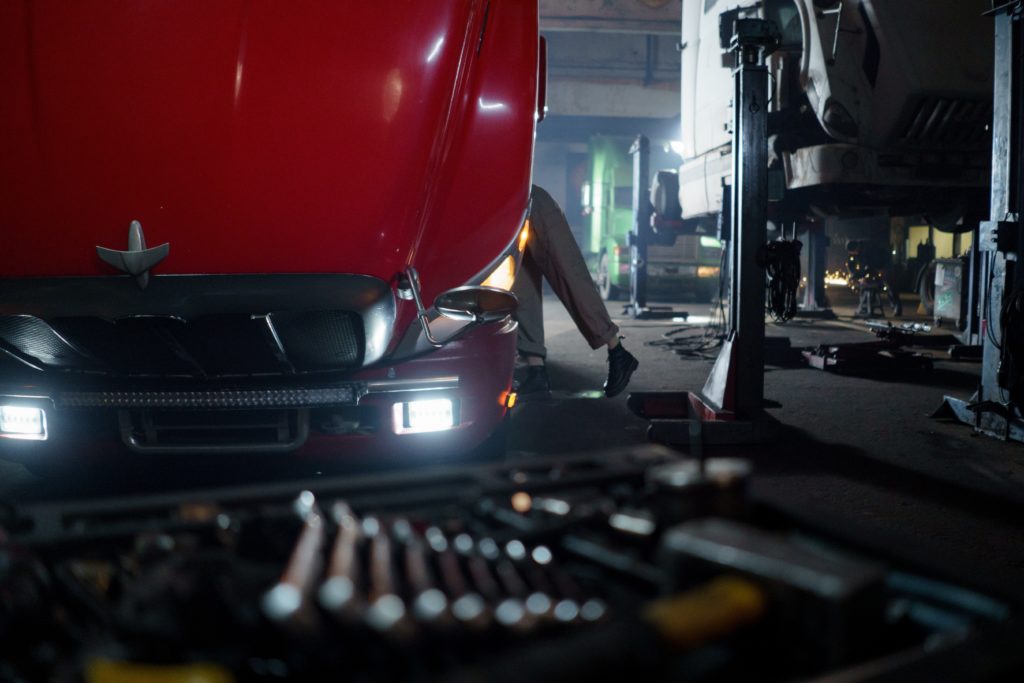2011 ISUZU NPR
Since their debut, Isuzu vehicles have been known for their dependability. Thanks to the new N Series, which incorporates an advanced system of safety features, you can depend on Isuzu trucks to safeguard you and other road users more than ever before. Autonomous emergency braking with pedestrian detection is standard on 4×2 versions. A lane departure warning system sounds if the truck begins to drift out of its lane and a distance warning system warns the driver if they are coming too close to the vehicle in front. This article will focus on the 2011 Isuzu NPR.
Performance and Fuel Economy
Every new Isuzu Diesel N-Series truck is equipped with a Data Recording Module, which continuously monitors your truck’s performance and allows your Isuzu Dealer’s technicians to generate a comprehensive analysis of your truck’s powertrain and emissions systems, fuel economy, brake usage, and driver operating habits after it has been purchased from them. The road is a complicated and constantly changing environment, and everyone may benefit from a little more assistance to remain safe on it. With our Advanced Driver Assistance Systems, you have access to a comprehensive network of active safety systems that are always working together to keep you, other drivers, and pedestrians safe on the road.
Advanced driver assistance systems are the wiser approach to safer roadways with state-of-the-art sensors and several cameras. Each 2011 NPR truck is equipped with a stereo safety camera, which is installed unobtrusively on the vehicle’s dashboard. Because of the use of two lenses, these cameras “see” the road in a way that is similar to that of a pair of human eyes, accurately detecting and quantifying the size, distance, and velocity of other cars, pedestrians, and cyclists on the road.
Specifications
Engine type: Turbocharged Diesel

Design, Functionality, and Quality
If the driver fails to use the brakes in an unexpected pedestrian, bicycle, or other vehicle arriving, the AEB system will automatically apply the brakes to prevent an accident. In the course of this procedure, the brake light will be lit. DWS assists you in maintaining a safe distance from the car in front of you by sounding an alarm if a pre-set distance is exceeded. (You may pick from four different minimum distances that have already been established. In congested urban traffic, this is a highly useful feature.
The 2011 Isuzu NPR Traffic Movement Warning system keeps an eye out for vehicles stopped in front of your truck. A warning will sound if the car in front of you advances more than a certain distance and you do not keep up with it. At traffic signals and pedestrian crossings, this feature is quite useful. To that end, the electronic stability control system combines data from various sensors to monitor driver input and vehicle control.
The result is that the ESC may override the driver’s input, limit power, and/or provide individual wheel brakes. All of this is done to aid the driver in maintaining vehicle control if it senses understeer, oversteer, or roll over. Similarly, it detects lane markers or road margins, and if the motorist ventures out of their lane, the LDW issues a warning to the driver. Drivers may choose between two different sensitivity levels, or they can turn off the vehicle.
2011 ISUZU NPR Service Manual
The 2011 ISUZU NPR service manual covers components very well and in fine detailed. Each 2011 ISUZU NPR has a service manual available for purchase.
- Machine
- Attachments
- Body and Framework
- Operator Station
- Engine
- Fuel
- Exhaust System
- Cooling System
- Brakes
- Steering System
- Driveline
- Electrical System
Professionals and dealerships will benefit from using an Isuzu NPR Service Manual for all technical and maintenance instructions. Every owner should have a service manual on hand to refer to while doing maintenance or repairs.
Safety Features
Active safety technology is installed on the truck, and a network of sensors continuously monitors the vehicle’s performance and surroundings. The goal is to prevent accidents from occurring in the first place. However, if a collision is inevitable, active safety measures may assist decrease the severity of the damage. To that end, passive safety technology is intended to mitigate any negative repercussions that may result from an accident. This is a result of avoiding or regulating the forces of any collision,. Even though these elements are frequently referred to as “secondary” safety technology, they are vital in preventing injuries and preserving lives.

